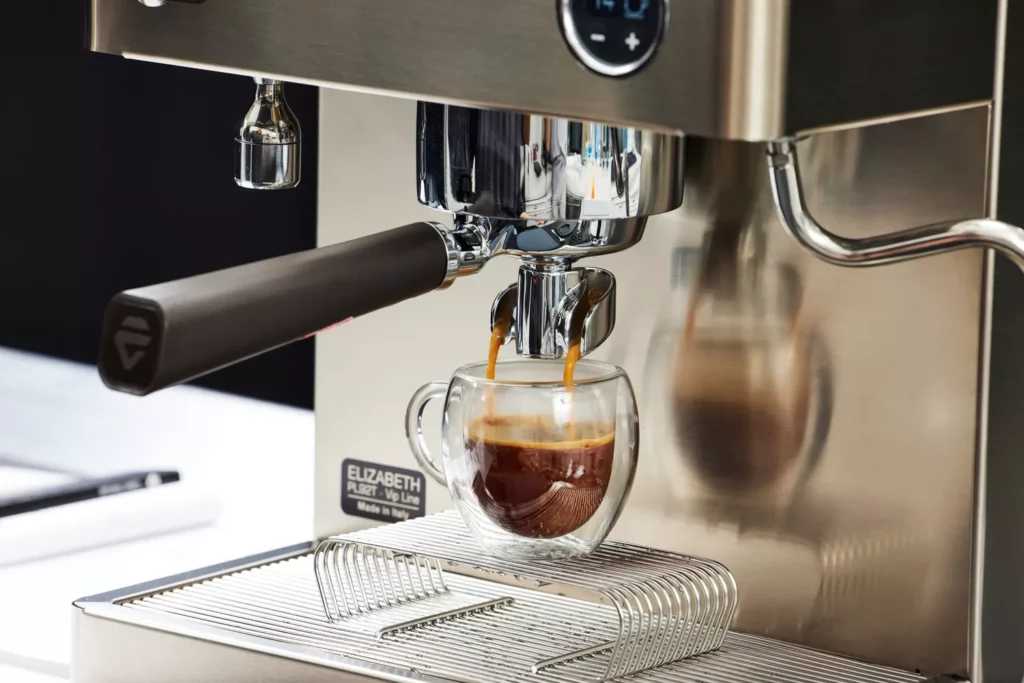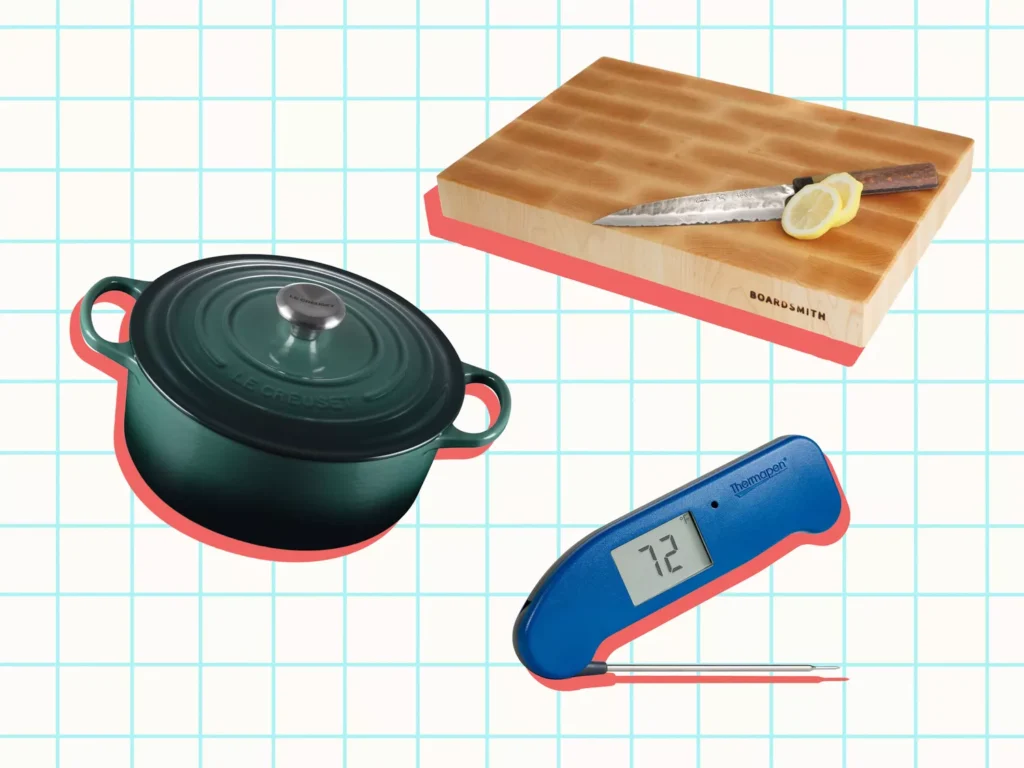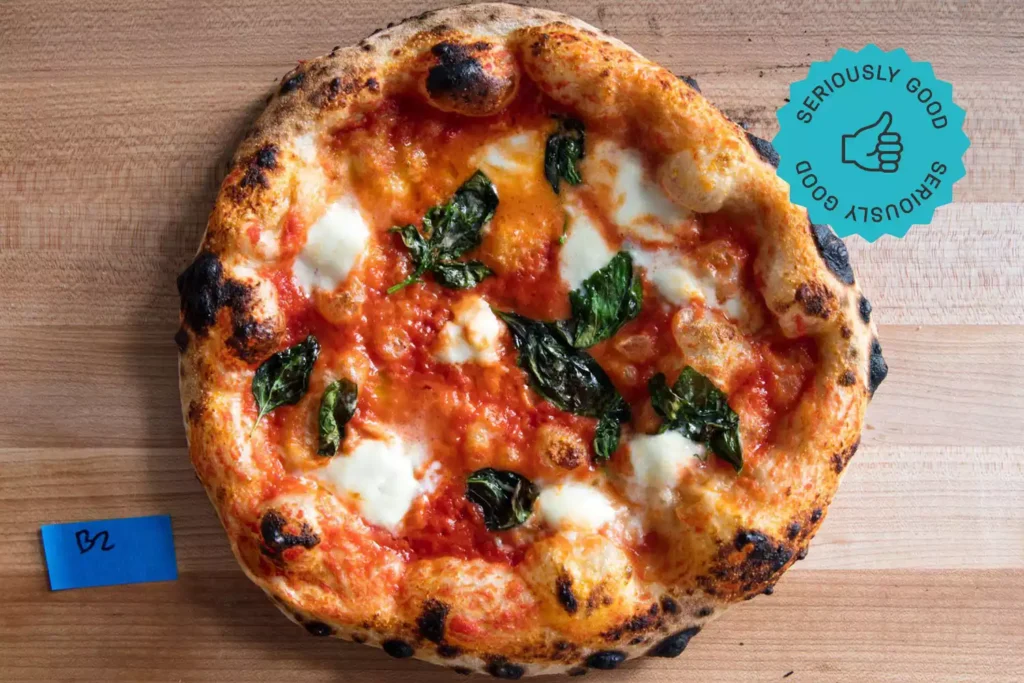Although a skilled barista makes it look easy, a lot goes into pulling a perfect shot. They need to understand their espresso machine inside and out for consistency and speed.
For those just beginning their home espresso journey, the first step is acquiring the right machine, which can be daunting. The market is chock full of models that use different brewing methods and have extra features—not to mention how expensive they can be.
Discover the world of home espresso machines with this comprehensive guide. We’ll explore the features and benefits of super-automatic and automatic espresso machines, providing you with the knowledge to make an informed decision.
Super-automatic espresso machines are designed with a fully automated brewing system, offering convenience and ease of use. As Kasperowicz explains, ‘You just drop in whole beans and press one button for the machine to freshly grind, dose, tamp, and brew the coffee.’ However, this ease of use comes with a trade-off: less control over brewing variables such as dose and brew time. Despite this, for those who prioritize convenience, super-automatic machines like the Spinn Coffee Maker are an excellent choice. The Spinn Coffee Maker features a built-in grinder and a unique brewing process that uses an internal centrifuge, similar to a salad spinner, to move water through the coffee grounds. Automatic espresso machines, on the other hand, are similar in design to semi-automatic ones but include a flow meter to measure and control the water flow for each shot. This feature ensures consistency in the amount of water used, automatically stopping the shot for you. The Breville Barista Touch Impress Espresso Machine with Grinder is a favorite among automatic machines, offering customization options and a consistent brewing experience.Discover the differences between semi-automatic and manual espresso machines with our comprehensive guide.
In previous reviews, we’ve categorized the Touch Impress as a semi-automatic machine. However, it offers versatility by functioning with both semi-automatic and automatic brewing methods.
The Touch Impress features a touch screen that guides users through the entire brewing process, timing shot durations, and suggesting grind adjustments based on brew time. While our tests revealed the flow meter’s accuracy to be less than ideal, it still performed adequately, and the touch screen simplified the process of making a latte.
Manual espresso machines, such as the Flair Signature Espresso Maker, are the most affordable and straightforward option. Unlike machines with built-in boilers, they create the necessary pressure for brewing espresso through a user-operated lever.
These lever machines, as they are sometimes known, offer direct control over every brewing variable and a hands-on, retro approach to espresso making. The term “pulling a shot” originates from the action of pulling the lever on an automatic machine to make espresso.
Manual machines range from high-end models like La Pavoni to budget-friendly options like the Flair Classic. Many do not require electricity, making them ideal for travel or camping, as long as you remember your espresso cups.
Kasperowicz points out that manual machines do not necessarily offer superior espresso quality over semi-automatic machines. The learning curve is not steep, but when mastered, it can yield better results than super-automatic machines.
Serious Eats contributor Dylan Ettinger, with over a decade of experience in the specialty coffee industry, has tested and reviewed various coffee appliances.
For this article, Ettinger collaborated with Maciej Kasperowicz, Trade Coffee’s director of coffee and certified Q Grader, to explore the nuances between different home espresso machines.
To identify the 11 best home espresso machines for every budget, we spent days pulling hundreds of shots.


